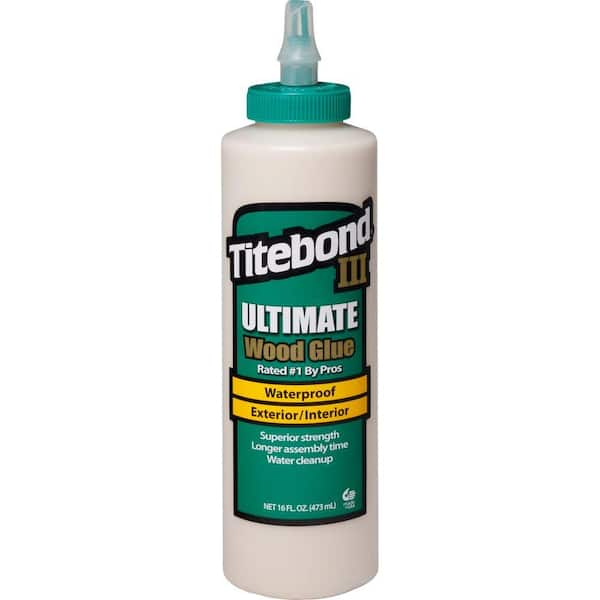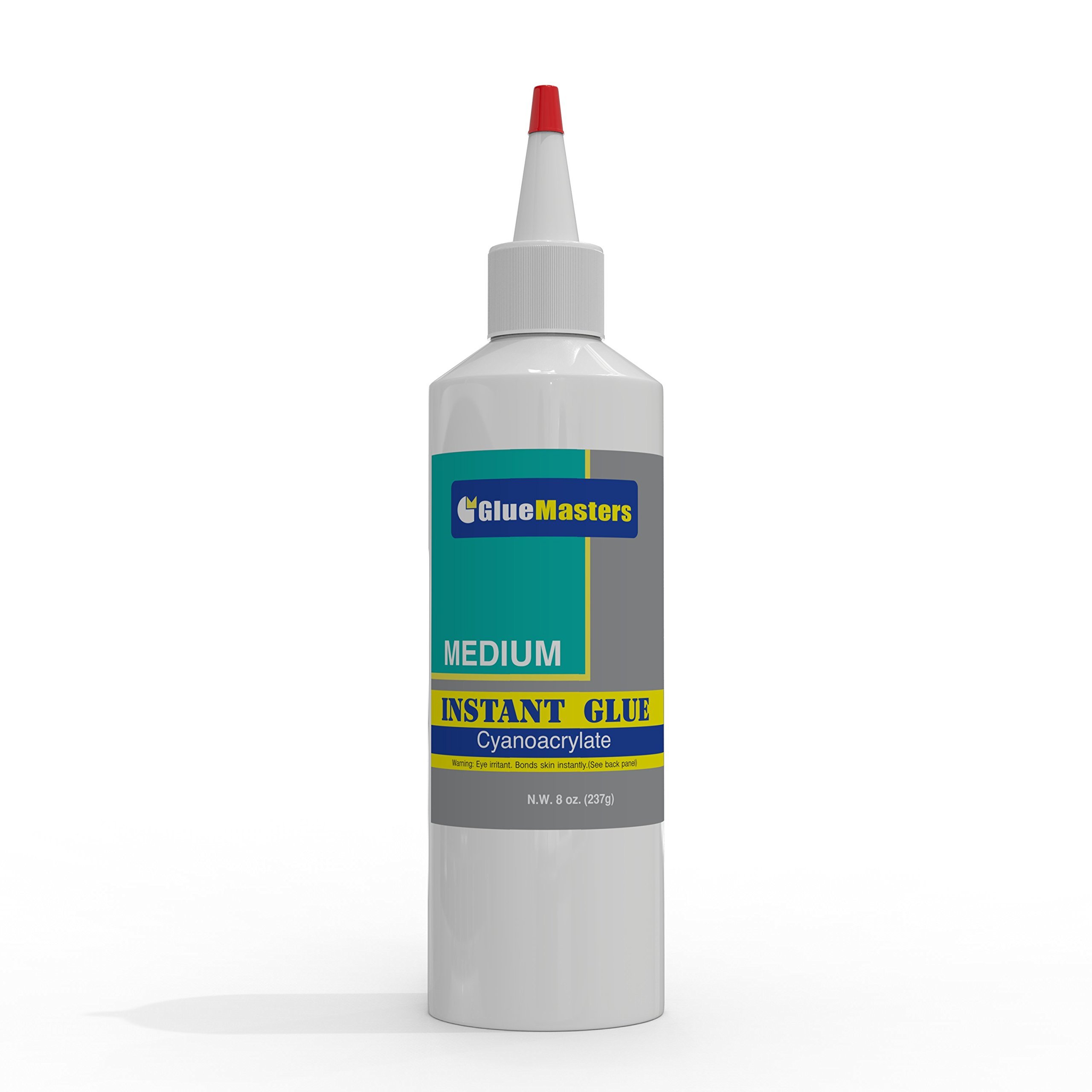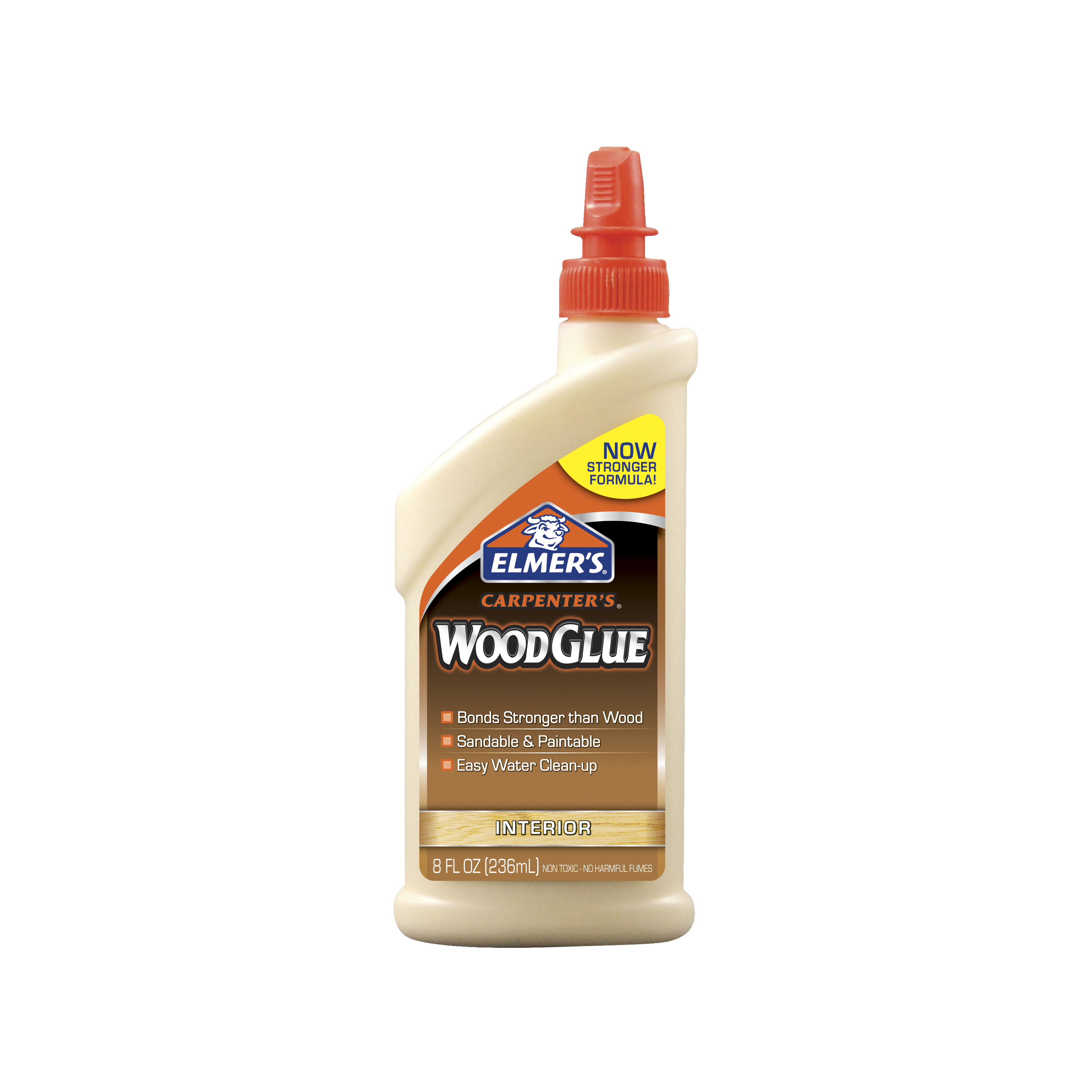✔️ Bad Credit - Not a Problem!
Bad credit score should not be a problem for you. Our direct lenders can provide loans for people with bad credit!
✔️ Apply for a Loan 24/7
There is a high chance that your application will be approved almost instantly!
✔️ Instant Payout
If your application is approved, you may receive money same day after filling the form!
Best Plumbing Companies in Category: Restore Area
If you’re a carpenter or occasionally work on projects that involve some sort of wood bonding, then you’ll quickly discover that wood glues are a great way to combine wood pieces fast. But that’s not to say that you can’t use such products for other activities, either. Today’s wood glues are developed with variety in mind, whereby it’s possible to glue materials that aren’t wood together as well (or a combination of both).
Outside of carpentry work, they make an important go-to item to add to your collection of home improvement. Below are five of the best you’ll find on the internet. Each was chosen for bond strength, cure/clamp time, and the physical makeup of the bottles. The Buyer’s Guide follows, detailing which brand fairs better where others lack. The top two from the reviews are announced at the Conclusion.
Best Wood Glue
- 1. Best Overall: Gorilla Wood Glue, 18 ounce Bottle 100
- 2. best wood glue for furniture: Titebond III Ultimate Wood Glue, 16-Ounces 96
- 3. best glue for wood to wood: Professional Grade Cyanoacrylate (CA)””Super Glue”” by Glue Masters – 56 Grams 92
- 4. best glue for wood to metal: Starbond EM-02 Super Fast Thin, Premium Instant CA Super Glue 89
- 5. best exterior wood glue: Elmer’s E7010 Carpenter’s Wood Glue, Interior, 8 Ounces 88
Top 5 Best Wood Glue Products Reviewed
1. Gorilla Wood Glue, 18-ounce Bottle – Best Wood Glue for Furniture (Editor’s Choice)

The Gorilla Wood Glue is sold in an 18-ounce bottle but can be bought as a single or in bulk. But whichever way you decide to get it, know that you’re in good hands. Once applied to the wood surface of your choosing, it doesn’t take long to harden. Although the company may claim a cure time of nearly 24 hours, a more realistic gauge would be around 12. And because of this, you’ll be able to get a lot glued down in record time. The best thing about it is the lack of foam that’s created once the wood of closed. Older and cheaper wood glues have had this issue for a very long time, but nonexistent here.
The dispenser is also a godsend. If you notice any crystallization around the feeder, simply wipe it clean with a warm cloth, or run it under hot water for a few seconds. It’s a water-based glue but performs like one that isn’t, so don’t be afraid of testing your waters (no pun intended), trying it out of some non-wood items. Whichever you pick to use Gorilla Glue on, it’s guaranteed to be a reliable product in your home or workstation.
Pros:
- Doesn’t foam when two wood surfaces are pressed against it.
- Easy to clean the dispenser in the off chance that it becomes clogged.
- Once dried, the color blends well with most wood surfaces.
- Although water-based, the solution isn’t too runny.
Cons:
- May leave a yellowish tint on very dark woods after drying is complete.
2. Titebond III Ultimate Wood Glue, 16-Ounces – Best Glue for Wood to Wood (People’s Choice)

Titebond Wood Glue resembles older wood glues that you’ve probably seen growing up but has a bond like one that’s much more advanced than such products made in former years. For starters, the bond will remain resistant to water and other sources of moisture for a very long time. While that doesn’t mean that you should sit your wood creations out in the pouring rain, you can rest easy knowing that nothing will break on your under ordinary stresses. You can mix it as a putty with sawdust to fill in the hole on your wood.
And once you’re done with that, no messy discoloration will show in the wood, shortening the amount of time you spend going over areas with sandpaper to get the spots out. The cap stays sealed when you close it, keeping the interior at room temperature (even in locations that are quite hot). However, the same cannot be said it you were to leave the bottle cap open. Always remember to close the cap, and you’ll never get clogging problems with the Titebond.
Pros:
- The glue is resistant to weathering and moisture, lasting for year without persistent reapplications.
- Holds well when mixed as putty to fill in holes.
- Blends with all wood surfaces.
- Comes with a durable cap that forms a complete seal, reducing drying and clogging.
Cons:
- The glue dries quickly if the bottle cap is left open for too long.
3. Professional Grade Cyanoacrylate (CA)”Super Glue” by Glue Masters – 56 Grams – Best Glue for Wood to Metal

The Professional Grade Cyanoacrylate is named after the mixture that makes up the ingredients in the glue. For the public, this type is commonly referred to as “crazy glue.” But there are few advantages to this that you won’t see in the ordinary brands of such glues. For one, the bond bottle never appears to jam, even if you were to leave the top open for a little while.
And don’t worry about anything taking too long to harden, as the clamp time is almost instantaneous. It takes around ten minutes for larger projects, and much shorter for one-offs. There’s no water in this mixture either, so any projects that you have which require bonding materials that are placed in an underwater location are safe to do (such as aquarium ornaments and even corals fragging).
You will have to check on the seal every couple of months, just to make sure that nothing crumbles to the point of needing to be re-sealed. This might not be the case for everyone but don’t be surprised if you do find yourself touching up on things that you’ve glued already. Truthfully, it’s more likely to occur due to the small size of the container, whereby users may not which to use as much glue as they should. If you’re thinking about buying the Pro Grade Cyanoacrylate, consider getting more than one bottle if your project needs a bond that’ll cover a large area.
Pros:
- The bottle will never jam or block glue flow, even if left open for a while.
- Bonds within seconds of application.
- It contains no water, making it ideal for bonding wood and metal combinations that standard wood glues cannot.
Cons:
- The bond may crumble and flake over time, especially if the seal is exposed to the air.
4. Starbond EM-02 Super Fast Thin, Premium Instant CA (Cyanoacrylate Adhesive) Super Glue Plus Extra Cap and Microtips, 2 oz. – Best Exterior Wood Glue

If you’re a fan of getting extra with just one purchase, then you’ll love the Starbond EM-02. Like the product shown above, this one is also a cyanoacrylate adhesive. There are additional caps included with this, so you’ll never have problems with having to unclog anything if something breaks (or you forget the close the top). The tips are almost needle-sized, making it a breeze to mend in tight corners that you couldn’t reach with standard wood glue. It’s best as an exterior mending agent but also performs well on interior areas in need be.
But the selling point lies in the fact that you won’t have to use the entire bottle to cover big portions of your wood, or any surface to be mending. You might have a little trouble getting the extra caps open. To do so, you much punctured a small hole at the top or use a pair of scissors to start the flow of the glue. And also consider hand protection if you can. If you get it on your skin, it’ll be hard to come off unless you run the area affected under warm water for a few minutes. Other than that, there’s not much in the negative department to say about the Starbond. Recommended as a handy item to around for any gluing situation.
Pros:
- The glue comes with additional caps in case of clogging.
- It allows the user to bond in tight corners that would otherwise be difficult to do.
- It doesn’t require a lot of glue in order to bond.
Cons:
- Difficult to open the caps for the first time.
- It must be used carefully to avoid getting on the hands and fingers.
5. Elmer’s E7010 Carpenter’s Wood Glue, Interior, 8 Ounces – Best Glue for Woodcrafts

The final product on the list is the Elmer’s E7010. It’s a carpenter’s wood glue, but also perfect for home use. If you have anything that consists of wood that needs to be bonded in a short time span, but this brand is high on your to-buy list. It’s sold in a wide assortment of sizes, including at gallon if you need bulk. Out of all the products that have been shown in the list, this is one of the safest to use in combination with a saw. As you may already know, some wood cutting projects much is gone over with a saw after the glue has bonded already.
When you do so with the E7010, no damages will occur to any of your blades. And when fully cured, the bond isn’t susceptible to breaking when hit with a little moisture. Looking at the photo of the product in its description reveals that the cap and body make it easy to handle, whereby you can apply either small of big amounts easily. YOu’ll never use too much glue in one area, always having control of the surface of the application. It’s not completely waterproof but will definitely be well-served, and possibly your most preferred glue.
Pros:
- The glue, once bonded, doesn’t cause damage to blades if sawing is needed.
- Bond stays strong in slightly moist conditions.
- The shape of the bottle and its tip makes it easy to control flow during application.
Cons:
- Not entirely waterproof.
Buyer’s Guide
This guide will help you narrow down the picks from the products shown above.
Best Way to Glue Paper to Wood
There are several methods that you can use to glue the paper onto the wood. But first, understand that you should never apply wood glue to the paper. Instead, make a few lines with the glue on your wood surface. After that, use a brush that you don’t need to smoothen out the area where the glue will sit, paying attention to not brush it around the location that is outside of where the paper should cover.
And once that’s done, press your paper on to the wood surface, making sure to flatten out any air pockets. You could use a weighted object to help you with this part, but it might not be necessary for all work. You should allow the bond to sit for at least a couple of hours before doing any further work with reseals.
Gorilla Wood Glue vs Titebond
Both Gorilla Glue and Titebond have advantages and minor setbacks. If you’re a carpenter that works with furniture, then you would probably be better off with Gorilla. It has a tendency to dry quickly but also can blend in with lots of different wood types. Some wood glues will leave a residue once dried. In this situation, the dried glue would be highly conspicuous and stand out in finished furniture products.
But with Gorilla, you’ll never have this happen to you. On the other hand, Titebond is well-suited for general wood bonding needs and guarantees a tight seal that’ll will likely never break in the lifetime of the wood appliance. As a result, the latter might be best for people who aren’t carpenters and just need something to make minor repairs on occasion.
Liquid Nails vs Wood Glue
Have you heard of liquid nails before? It’s a bonding adhesive that has been touted as an alternative to using standard wood glue. Unfortunately, it’s better off used for home construction, not always wood. Of course, you could get it to work on a wood surface but the result is often flaky and tend to work poorly on particular wood types, most commonly softwoods. This is a common wood in households. In short, wood glue is your best choice, in this comparison, unless you anticipate bonding a mix of materials that aren’t always wood.
Construction Adhesive vs Wood Glue
The major difference between most standard construction adhesives and wood glues is the sort of surface that you plan on bonding certain materials together. If you’re working with common construction items that you would find in any given household, then you would be better off with the latter. Construction adhesive is primarily built to glue drywall surfaces in one piece. Anything from sheetrock, tile, and molding is better suited for this purpose than wood glue.
However, you won’t want to use this sort of substance on wood since the substance that it’s made from a very vicious, or thick. It won’t penetrate the wood as well as wood glue and would leave you with a messy bond that would certainly need to be resealed quite often. So unless you’re installing drywall or sheetrock in a room, you won’t want to settle for construction adhesive over wood glue in any other case.
Wood Filler vs Wood Glue
Wood filler is a substance used to fill in spaces, most often where nails and screws are drilled, then smoothed with sandpaper to evenly match the rest of the wood surface. Its ingredients consist of blended sawdust and any binding substance. Most brands that are sold to consumers contain wood glue as well (which is the binder). Wood glue is exclusively a binder but can be mixed with sawdust and wood fiber (or even cardboard) to mimic the results of a typical wood filler. But which is better?
This depends on the amount of prep you want to do before filling in the areas of the wood that you’re working on. If you don’t be mixture the sandpaper and glue together on your own, then you would be better off buying wood glue separately for this. You would likely get a stronger bond that holds for longer, whereby wood fillers are often hit or miss.
Blending is also very easy to do and requires no nothing outside of stirring the wood particles and bonding agent together, something that’s best done with a spoon. Once the blend has been thoroughly stirred, it’s ready to be filled.
Epoxy vs Wood Glue
Epoxy is a putty-like substance containing either fiberglass, polyurethane, or a combination of the two. It doesn’t harden but works well alongside wood glue, whereby a bond of both will make your wood more powerful and resistance to cracking. It’s also a great way to restore aged wood that you don’t want to put “under the saw.” However, you won’t want to rely on epoxy for any wood that’ll be stored outdoors due to its lack of resistance to water and moisture.
If you do so, the putty will quickly deteriorate and many even damage the interior of the wood. Instead, look into an epoxy when you want something to help reinforce your wood glue, ensuring that whatever you’re building or fixing won’t be exposed to outside elements.
Wood Glue vs Super Glue
Wood and cyanoacrylate (colloquially referred to as super glue) are very different in their makeup, although both are well-suited for the same purposes. Of course, there are exceptions but each product does a fine job of bonding wood surfaces. Whether you should stick to traditional wood glue over super glue is determined by how much area you intend to cover with the substance, and its other materials outside of wood will be involved. for example, maybe you’re trying to bond together a piece of metal to a wood item but don’t want to screw or nail the object.
The best substance to do this would be super glue. Many wood glue brands are water-based and won’t work well for this purpose, and may even cause some metal to corrode over time. But with cyanoacrylate, no moisture would even negate the bond of wood and metal. Plastic and wood bonds are good for this too, so definitely consider the super glue first if you know there will be other items besides wood that going to be mended. Yet if the wood is the other thing, stay with traditional wood glue.
Summary/Conclusion
Did you enjoy the article? Everything from which types of glue would be better suited for you a specific purpose was covered, along with a comprehensive Buyer’s Guide showcasing the major differences in wood glue, super glue, and other alternatives. If you skipped over that section, it’s recommended that you go over it to get a better understanding of what wood glue products reviewed above you best for your particular needs.
Still, there are two items shown that come on top in terms of quality and reliability. The Gorilla Wood Glue and Titebond 3 (shown in numbers 1 and 2) have short clamp times, resistance to moisture, and bond well with hardwoods and softwoods. But the rest of the products could be just as useful, especially if you intend to bond materials other than wood. As long as you know what to get, it’s guaranteed that you’ll be satisfied with what’s shown.
